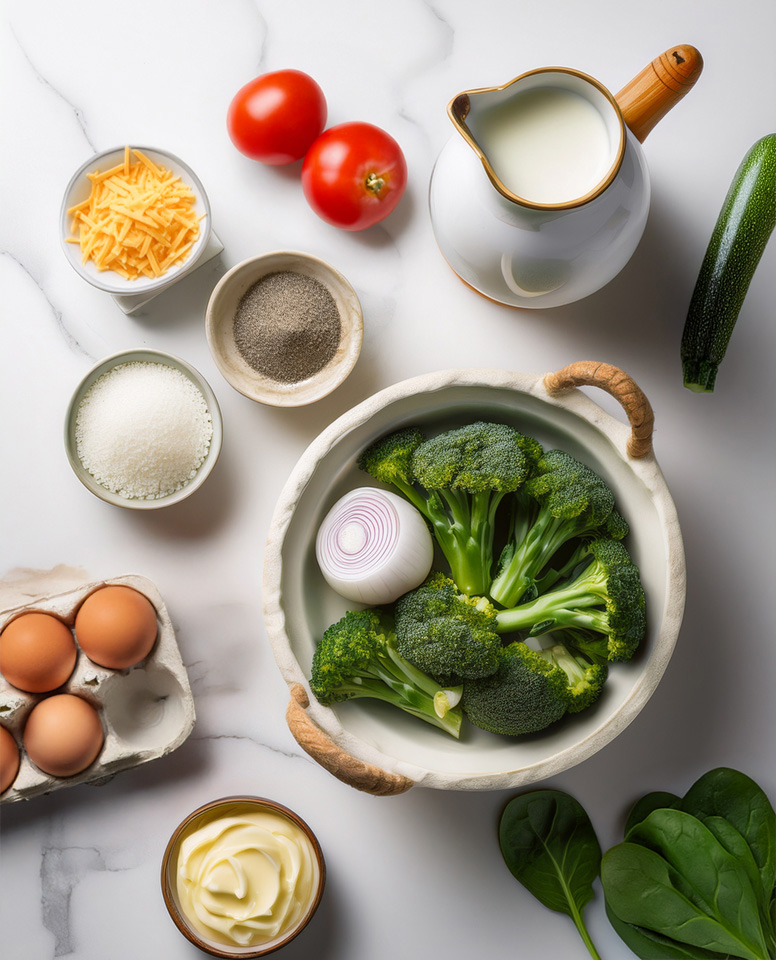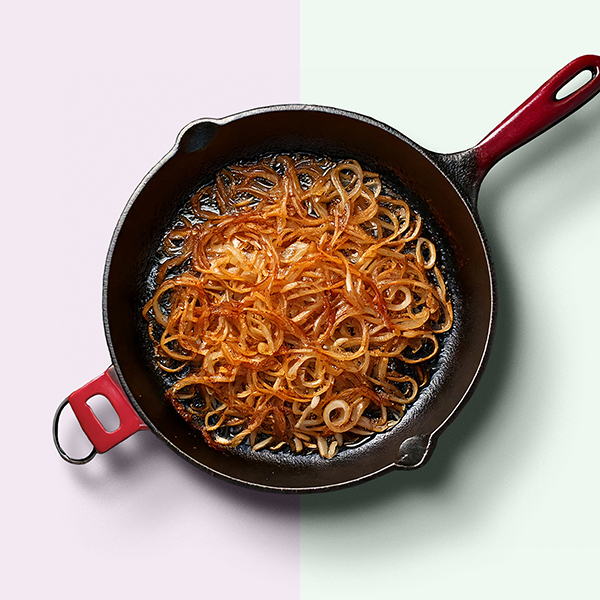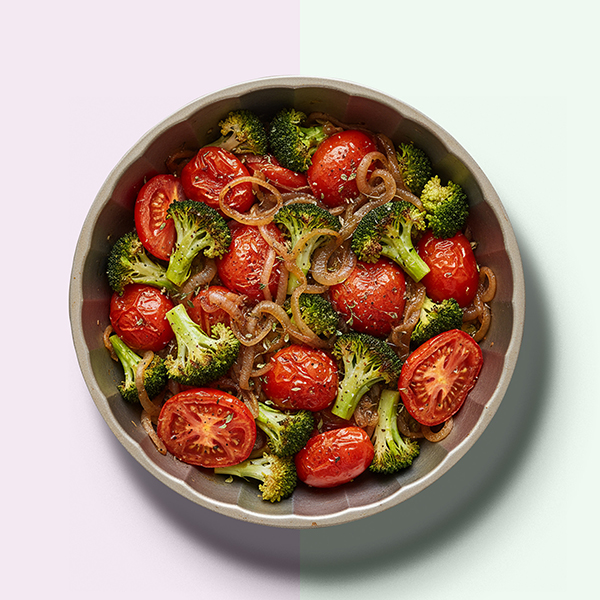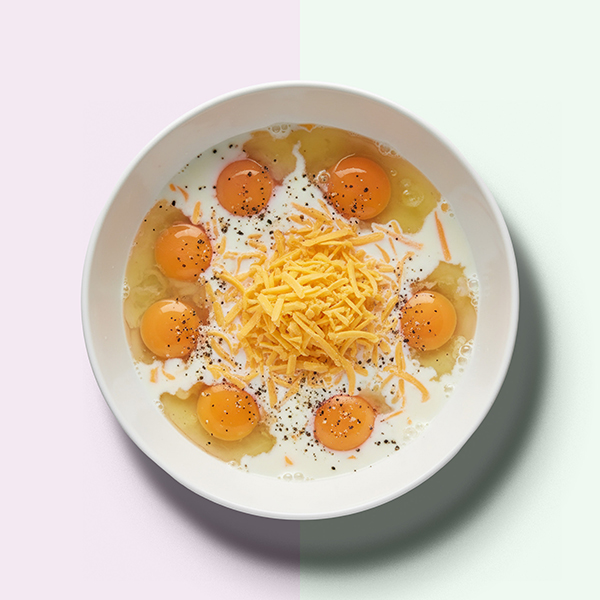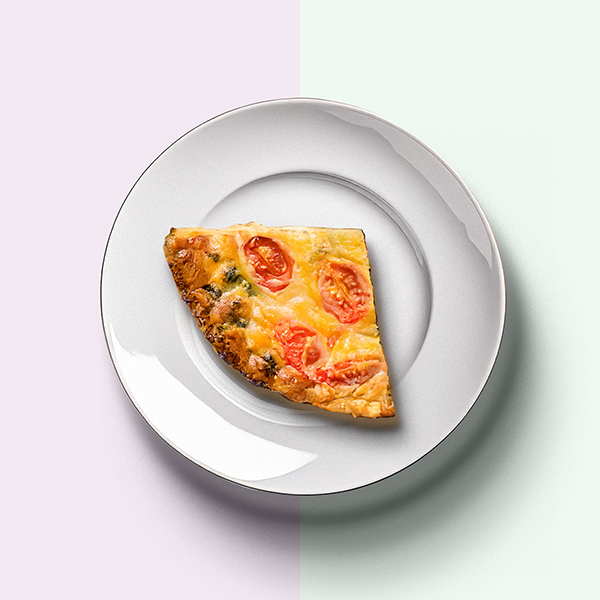Servings: 4
- 1 tablespoon butter
- 1 large onion, sliced into half moons
- 3-4 cups chopped vegetables – choose your favorites!
- 8 large eggs
- 1 cup milk
- 1 cup cheddar cheese, grated
- 1 teaspoons salt
- 1/2 teaspoons black pepper
Tip!
Steam or cook vegetables like broccoli, cauliflower or winter squash before adding to the quiche to make sure they’ll be fully cooked. Any other quick-cooking vegetables, like tomatoes, zucchini, or spinach can just be used fresh – no need to pre-cook.
